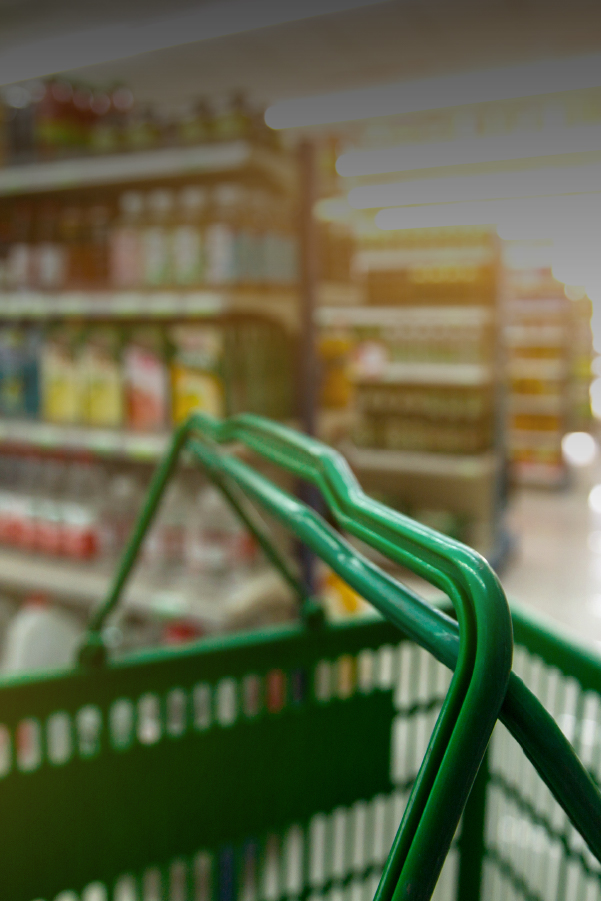Formal retailers in South Africa are losing billions of rands in annual sales because of a disconnect between the customer touchpoint mix that they prioritise and those that their customers prefer. This is one of the key findings of a big data research study conducted on behalf of Capital Connect, a fintech that offers fast and flexible business funding to South African retailers.
The research is based on an analysis of data for the period between January 2015 to June 2023, and reveals that retailers that continuously tracked and aligned with customers’ preferred touchpoint mix were more successful in growing their retail footprint, than retailers that did not adopt touchpoint-focused sales and marketing strategies. Customer touchpoints refer to the channels where a consumer interacts with a retailer.
Retailers lose revenues to alternative shopping channels and abandoned purchase plans
The research regression analysis indicates that retailers could potentially have rung up 17.9% more in retail trade sales volumes since 2015 if there was a closer alignment between their customer touchpoint mix and those that their customers prefer. These sales were lost because consumers pursued alternatives such as:
-
Delaying or even abandoning plans to buy certain products.
-
Purchasing products outside of South Africa’s formal retail sector, for example from an international ecommerce store, the informal sector, a second-hand provider, a wholesaler, a home-based business, or a community market.
-
Spending their money in other ways, such as servicing debt, repairing old products or investing.
“Our analysis of consumer touchpoint preferences and formal retail trade sales data shows that shoppers and retailers alike see the physical shop (brick and mortar) as the most important retail touchpoint,” says Professor Carel van Aardt, Research Director at the BMR. “But there is a significant disconnect between the role retailers see the other touchpoints playing and their actual importance in driving sales.”
Retailers across all subsectors identify the following customer touchpoints as the top five drivers of retail sales in order of importance:
-
Having a physical shop (bricks and mortar)
-
Newspaper, radio, and television advertising
-
Customer service
-
Online shopping
-
Loyalty programmes
Physical stores remain the most important touchpoint
The study confirms that the physical store is indeed the top driver of trade sales for all subsectors. However, there are significant differences between each subsector in which touchpoints are most important in driving sales and those that retailers believe to be the most important:
General dealers |
Specialised food and beverage stores |
Pharmaceutical and medical goods stores |
Clothing, textiles, and footwear retailers |
Household furniture and appliance retailers |
Hardware paint and glass stores |
|
|
|
|
|
|
Across all subsectors, customer email and SMS messages are more important in driving sales than retailers appear to appreciate. Such messages help to build loyalty and drive repeat business for retailers. For general dealers, customer service emerged as the second most important driver because consumers want a personal touch and expect retailers to prioritise their needs. In specialised food and beverages, meanwhile, online shopping appears to have gained significant traction.
By contrast, online sales does not feature strongly in retail pharmaceutical and medical goods, where consumers want to be able to speak to a pharmacist for medical advice. In clothing, textiles and footwear retail, online promotions, catalogues, and customer emails are key, but most customers still prefer to view and try clothes in a physical store. Product information and presentation (packaging, blogs, product pages etc.) are important drivers of sales in hardware.
Finally, packaging and receipts play an enlarged role in the household furniture and appliances sub-sector, where purchases are expensive and warranties are important.
Retailers must revamp touchpoint mix for increased sales
“This research paints an encouraging picture because it shows that there are ample opportunities for agile, innovative and customer-centric retailers to grow their businesses,” says Steven Heilbron, CEO of Capital Connect. “But to do so, some might need to invest in revitalising their touchpoint mix, whether by refurbishing their store, investing in technology or increasing their marketing budget. With access to fintech funding, retailers can move fast to seize these opportunities with a capital injection of up to R5 million and approved funds in their bank account in just 24 hours. Frictionless fintech funding is available at the click of a button via an app, without having to provide audited financials, enabling retailers to capitalise on opportunities as and when it present themselves”
Research conducted on behalf of Capital Connect, by the Bureau of Market Research (BMR).

